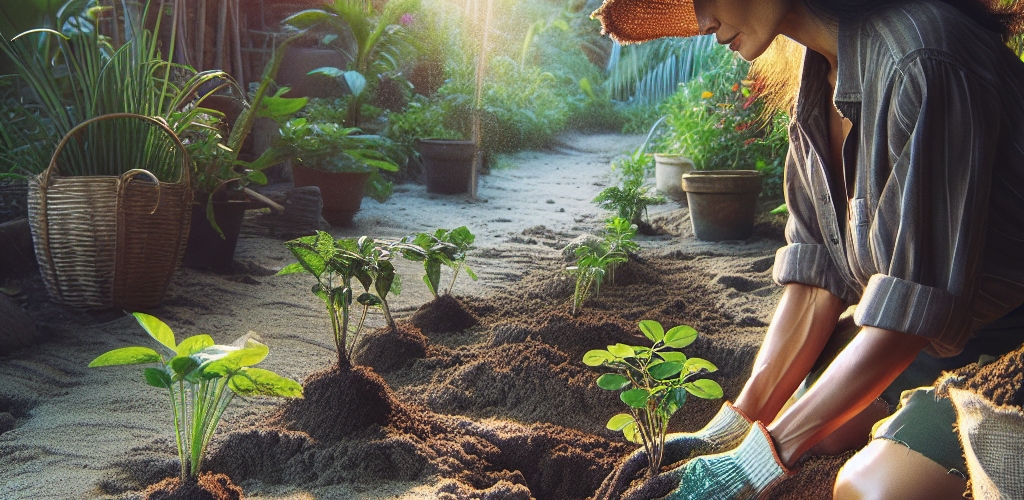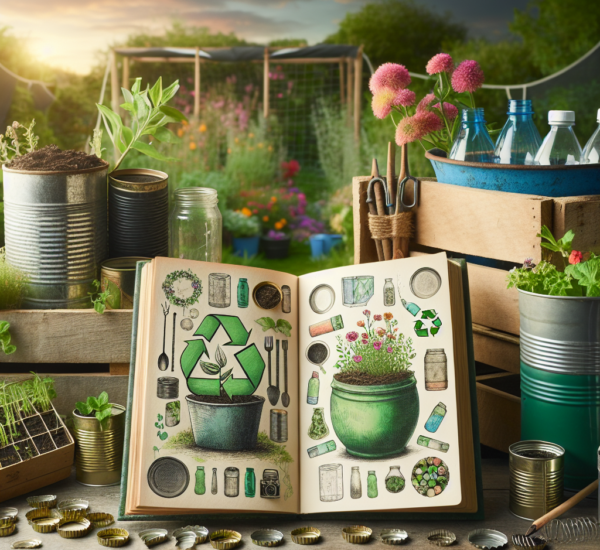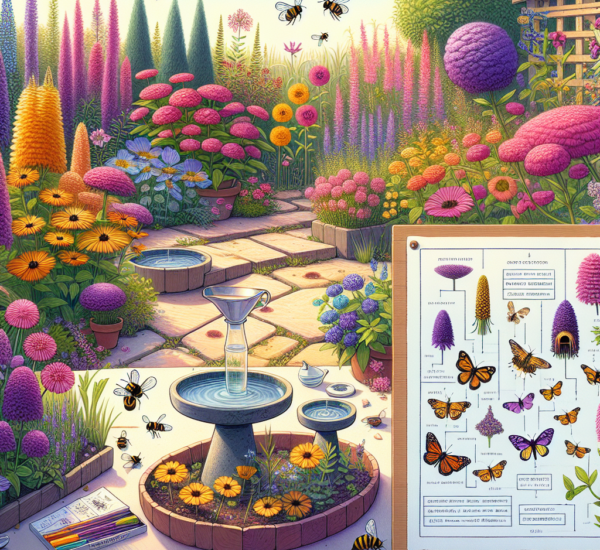Do you find yourself struggling with sandy or poor soil in your garden? Discover actionable solutions and top-notch strategies to transform your challenging garden into a flourishing oasis. This comprehensive guide offers insights, practical advice, and proven methods to help you succeed.
Introduction
Gardening in sandy or poor soil conditions can be quite challenging, but with the right approach, it’s possible to cultivate a vibrant garden. Sandy soil is known for its fast-draining nature and low nutrient content, which can lead to plant health issues. This post aims to equip you with the tools to understand, manage, and improve your soil for optimal plant growth.
Understanding Soil Types
Before diving into solutions, it’s crucial to comprehend the distinct characteristics of soil types. Sandy soil comprises larger particles, leading to quick drainage and poor nutrient retention. Conversely, clay or silt soils are heavier and retain moisture longer, but may suffer from poor aeration.
Challenges of Sandy Soil
Gardening in sandy soil often results in water and nutrients leaching away quickly, which can stress plants and hinder their growth. Consequently, gardeners face the challenge of maintaining adequate moisture and fertility levels.
Improving Poor Soil
Organic Matter Enrichment
One of the best ways to enhance sandy or poor soil is by incorporating organic matter. Compost, well-rotted manure, and peat moss are excellent amendments that boost nutrient content and improve moisture retention.
Soil Testing and Amendments
Conduct a soil test to determine nutrient deficiencies. Based on the results, apply fertilizers enriched with the necessary nutrients and micro-elements.
Choosing the Right Plants
Selecting plants well-suited for sandy conditions can dramatically increase success rates. Drought-resistant plants such as lavender, sedum, or yarrow are excellent choices. Opt for native plants as they are adapted to local soil types and climatic conditions.
Explore more plant options on our plant selection guide.
Smart Watering Techniques
Effective watering is vital for sandy soil gardens. Consider drip irrigation systems or soaker hoses to minimize water runoff. Water early in the morning or late in the afternoon to reduce evaporation losses.
Check out our watering guide for additional insights.
Effective Mulching Strategies
Mulching helps maintain soil moisture and reduce temperature fluctuations. Organic mulches like straw, wood chips, or bark decompose slowly, enriching soil over time.
For further information on mulching techniques, refer to our comprehensive mulch article.
Conclusion
Gardening in sandy or poor soil conditions does not have to impede your green thumb aspirations. By understanding your soil and implementing the recommended strategies, you can cultivate a thriving garden. Whether it’s enhancing soil with organic matter, choosing suitable plants, or optimizing irrigation, your garden will flourish with these adaptations.
Discover even more gardening tips in our gardening resource center.
FAQ
Can sandy soil be improved?
Yes, sandy soil can be significantly improved by adding organic matter and using soil amendments as needed.
What plants thrive in sandy soil?
Plants like lavender, sedum, and yarrow thrive in sandy soil due to their drought-resistant nature.
How often should I water sandy soil?
Frequent, moderate watering is crucial. Depending on climate conditions, 2-3 times a week may be necessary.




